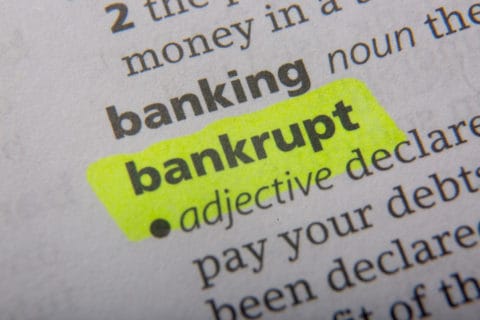3 Signs It’s Time to File for Bankruptcy
Filing for Chapter 7 bankruptcy involves liquidating all of your non-exempt property and distributing it to the creditors. Chapter 13 bankruptcy, on the other hand, allows you to adjust your payment plan in order to pay off your debts between a 3-5 year period.
Making the decision to file for bankruptcy is a big step, so you’ll want to discuss your options with a bankruptcy lawyer ahead of time. Before you schedule a consultation, consider these three signs that it’s time to file for bankruptcy.
1. You Can’t Pay Your Bills
Many people turn to bankruptcy because they are in debt and cannot afford to make their monthly payments. Whether your finances are being affected due to job loss, large medical expenses, marital problems, or severely overextended credit, filing for Chapter 7 bankruptcy may be the perfect option for you.
2. Vehicle Repossession
With the high prices of gas and failing economy, it’s no wonder so many individuals are defaulting on their car payments. Bankruptcy protects your car from repossession by placing a hold on all payments. This means that your auto loan company cannot attempt to claim payment or repossess the vehicle until your bankruptcy is discharged. You can’t make money to pay off your car if you can’t get to work. Protect your vehicle by filing for bankruptcy.
3. Possible Foreclosure
Foreclosure occurs when you fall behind on your mortgage payments. In most cases, the lender will attempt to sell your home at an auction in order to get payment for the loan. If you’re in danger of losing your home, then filing for bankruptcy may be your best bet. Filing for Chapter 7 bankruptcy or Chapter 13 bankruptcy puts an automatic stay on your home that directs creditors to cease all collection activities. Even if your home is already scheduled for foreclosure sale, filing for bankruptcy will postpone any auctions or legal preceding.

